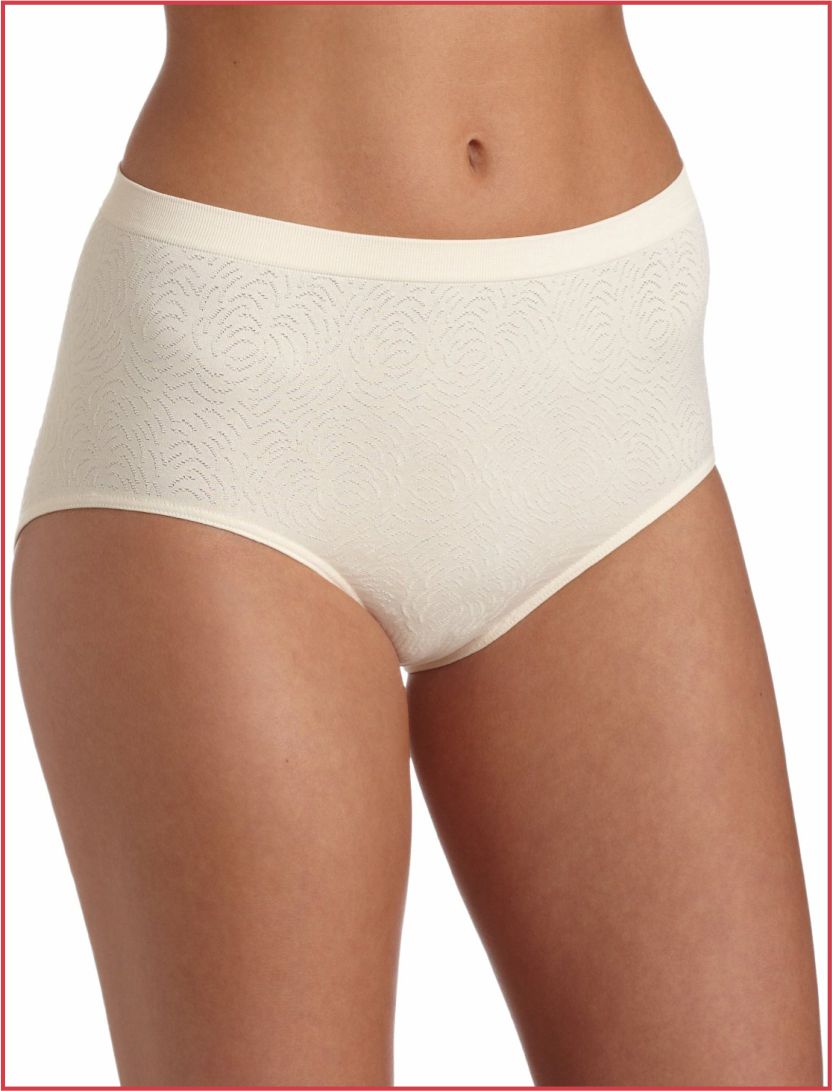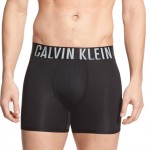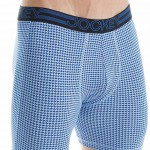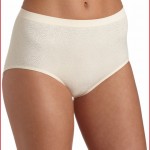Without a doubt, we all take utmost care of our inner wear…which not only involves daily washing and drying but also periodically changing it and even trying out new ones available in the market. But how many of us have tried ‘microfibre underwear’? Guess not many. This inner wear is considered more comfortable and skin-friendly than regular underwear. Let’s take a look at the pros and cons.
So, what is Microfibre? Microfibre is a synthetic fabric, whereas cotton is natural and can even be found in organic varieties. Women are often advised to wear white cotton underwear to avoid vaginal infections. This is partially because cotton is absorbent and may keep moisture away from the skin, but it may also have to do with the fact that cotton is a natural fibre. In most cases wearing microfibre underwear will not lead to infection.
However, what is this underwear made of? What’s so different about it that there also could be some minuses to this unique inner wear?
Microfibre underwear consists of synthetic yarn made from polyester, nylon, rayon and other fibres. It is designed to allow maximum airflow, which may be beneficial for keeping cool. This fabric is also stretchy and made to fit just about any body type. Microfibre is used commonly in men’s underwear because it is usually more supportive than cotton and other materials, making it ideal for male athletes. Women may also find it useful because some forms of microfibre underwear is designed to hold in their stomach in order to give a more sleek and slender appearance. Moreover, microfiber underwear also keeps moisture away from the skin, making it a preferred option of many athletes. There are many who also find microfibre underwear to be very soft and comfortable. Most times microfibre is equally as soft as cotton and other natural fabrics.
The benefits…
Microfibre underwear is breathable and comfortable and often designed to wick moisture away from the skin. This itself is a huge plus; besides, microfibre is soft and feels good against the skin.
There are specific ways in which the fabric may be woven, which allows it to wick away moisture. This helps runners and those playing certain sports to remain drier even when they are perspiring heavily. Other weaving styles allow it to absorb moisture. This may also keep the skin drier, although other varieties actually keep one cooler because they allow moisture to evaporate off the body more quickly.
The cons…
The pros and cons of microfibre underwear usually focus on fit, fabric, and performance. Cotton may be somewhat thick, however, which means that it isn’t always the best choice for wearing under tight-fitting or otherwise figure-hugging clothes. Some may find cotton underwear to be uncomfortable in certain situations. The softness and comfort level provided by any underwear often has a lot to do with the cut and weave.
Since microfibre inner wear is typically made entirely of synthetic materials too, so people with skin sensitivities may be better off sticking to cotton or other natural fibres. Also, individuals concerned about the environmental impacts of synthetic manufacturing sometimes stick to clothes made in a more eco-friendly way.
They are typically few and far between, but some may find microfibre underwear to be uncomfortable in certain situations. Others may wish to avoid synthetic fabrics and opt for more natural fibres.
Breathability
The term ‘microfibre’ is somewhat broad, but in the underwear context it typically indicates that the garment is soft and highly breathable. The yarns and threads used to weave these types of fabrics tend to be designed for performance and often allow for good airflow. This means that people wearing them stay cool even in warm climates, or while exercising or engaging in other strenuous activity.
Moisture-wicking properties
Most of the time, the fabric fibres also repel water. This is usually by design, but is also sometimes a factor of the threads’ chemical structure. Unlike cotton or other plant-based fibres, the majority of which absorb moisture, most synthetic strands push water molecules away. As a result, microfibre underwear tends to repel sweat and other moisture, leaving the skin in the sensitive genital and groin region dry. These wicking properties tend to reduce odours, too, since many smells that build up in cotton or other underwear are related to bacteria that thrive in moist, wet environments.
These water-repellent characteristics also mean that the material dries relatively quickly after washing. Travellers often find this helpful when doing laundry on the go and it also saves energy when it comes to using electric clothes driers. In most cases, the garments will drip-dry in as little as an hour.
Comfort
The comfort of micofibre underwear can be either a pro or a con, depending on the users. Many find this type of inner wear to be very comfortable because of its sleek, cool feel, while others find its slickness somewhat unpleasant. Most underwear in this category is very smooth, sometimes to the point of being almost slippery to the touch.
Also, much of the debate relates to cut and style. Underwear that is too loose, too tight, or poorly fitting may be uncomfortable no matter the material and whether microfibre is a pleasant fabric often has to do with individual taste.
Visibility and Layering
Many times this type of underwear is thicker than cotton or other alternatives, which can be a plus or minus depending on the context. Those who are looking for undergarments that provide shaping and support often find the bulk to be helpful; however, it can also make lines and contours more visible under tightly-fitting clothes.
Concerns over fibre and manufacturing
Some people prefer more natural products, whether for personal or ethical reasons and hence choose not to use underwear made of microfibre. Besides, the micofibre manufacturing process almost always uses a variety of chemicals to produce and fuse the yarns together. Those concerned about the environmental impact of these reactions often stay away from microfibre products unless they are made by companies that certify their processes as ‘green’ or environmentally-friendly.
Also, those with skin sensitivities or allergies to various plastic or other polyester compounds generally opt for cotton or linen-based materials, since plant particles aren’t as likely to trigger reactions.


















